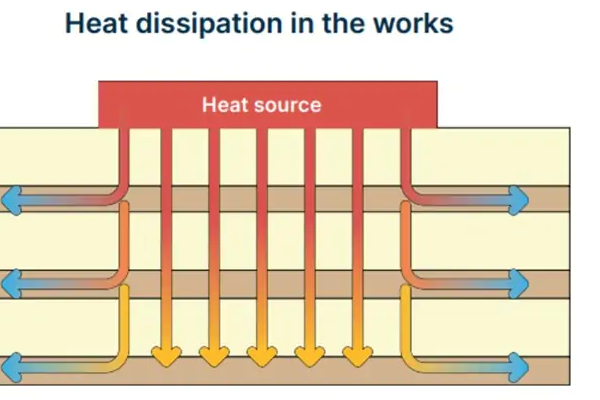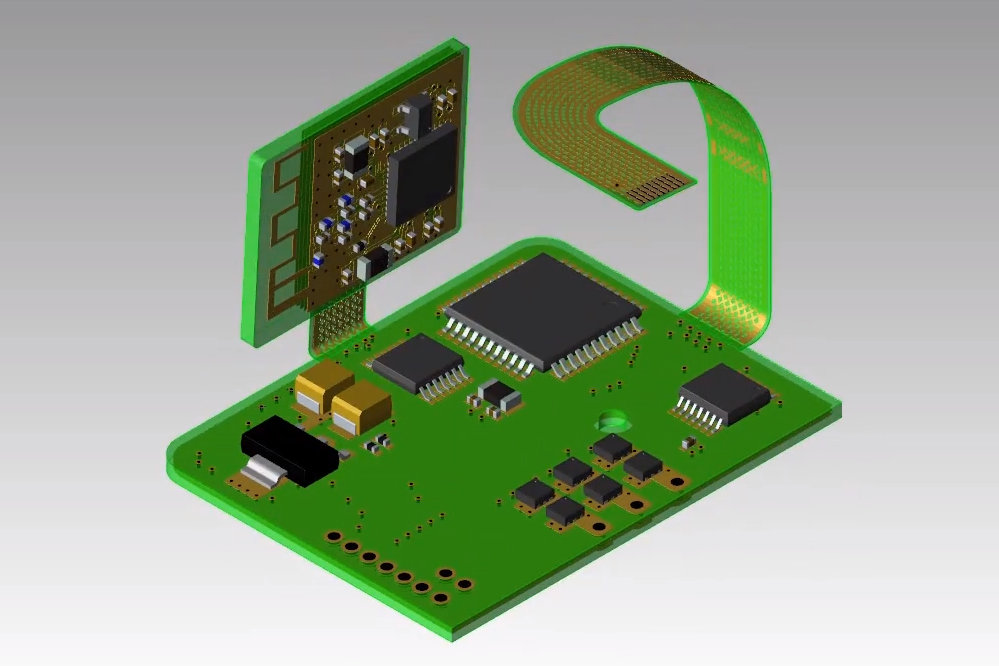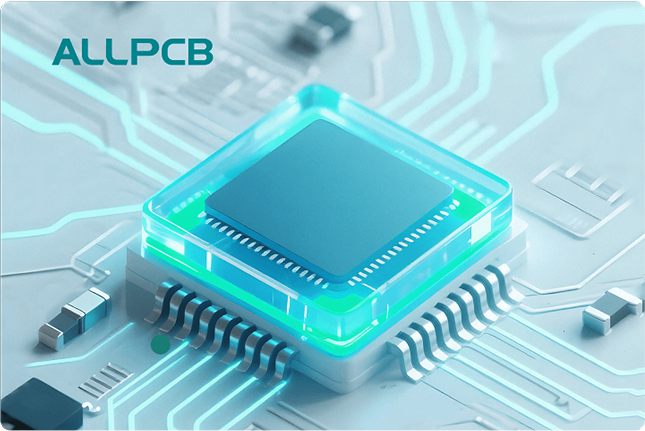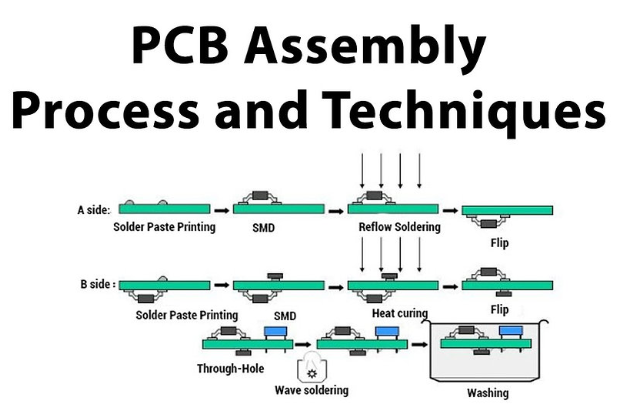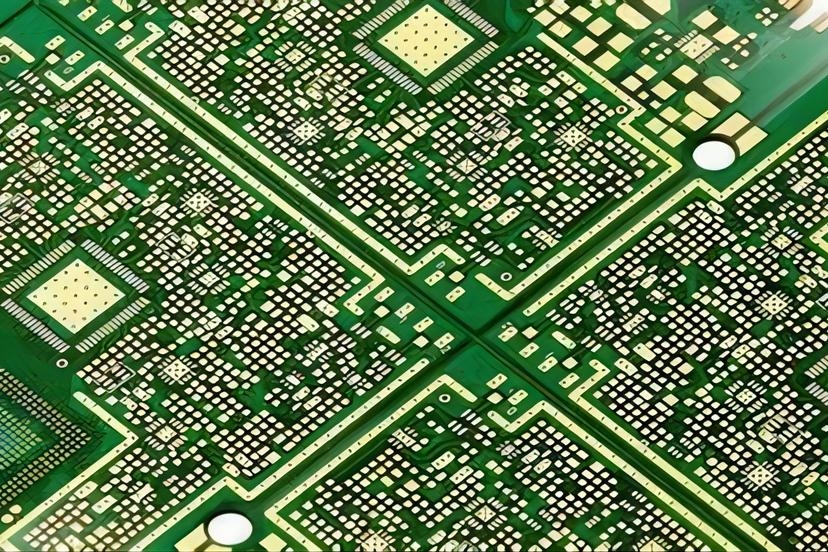In the fast-paced world of electronics manufacturing, achieving perfection in SMT (Surface Mount Technology) component placement is critical. How can you maximize efficiency with a pick and place machine? By focusing on component placement accuracy, leveraging advanced vision systems, utilizing high-speed chip shooters, and optimizing workflows for SMT efficiency. This blog dives deep into actionable strategies and technologies that help manufacturers streamline their processes and boost productivity.
Whether you're managing a small-scale production line or a large-scale assembly operation, understanding the nuances of pick and place systems can transform your output. Let’s explore the key factors that drive efficiency and precision in SMT component placement.
What Is a Pick and Place Machine and Why Does It Matter?
A pick and place machine is a robotic system used in SMT assembly to place surface-mount devices (SMDs) onto printed circuit boards (PCBs). These machines are the backbone of modern electronics manufacturing, handling components like resistors, capacitors, and integrated circuits with incredible speed and precision. Their importance lies in their ability to automate a process that would be impossibly slow and error-prone if done manually.
With the demand for smaller, more complex devices growing, the role of pick and place machines in ensuring component placement accuracy has never been more vital. A single misplacement can lead to circuit failures, costly rework, or product recalls. By optimizing these machines, manufacturers can achieve higher throughput, reduce errors, and meet tight production deadlines.
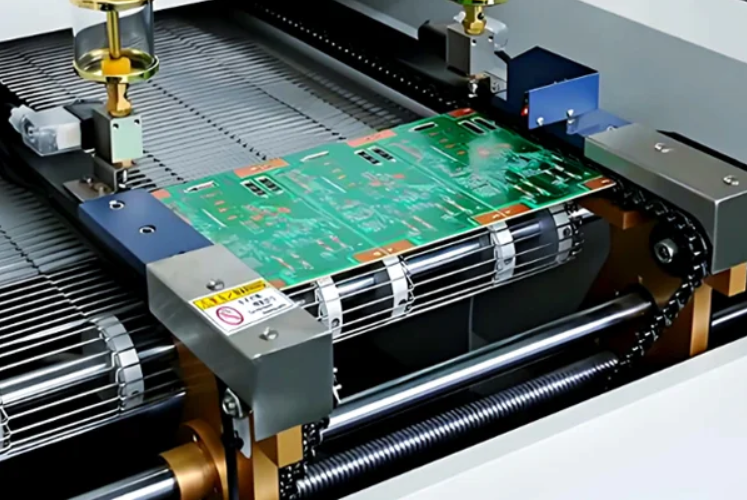
The Pillars of SMT Efficiency in Component Placement
To maximize SMT efficiency, manufacturers must focus on several core elements of the pick and place process. Below, we break down the most impactful factors and provide practical tips for improvement.
1. Component Placement Accuracy: Precision Is Key
Component placement accuracy is the foundation of a successful SMT assembly line. Modern pick and place machines are designed to place components with tolerances as tight as ±0.01 mm. This level of precision ensures that components align perfectly with PCB pads, preventing issues like tombstoning (where a component stands on one end) or misalignment during soldering.
To achieve high accuracy, consider the following:
- Regular Calibration: Machines must be calibrated frequently to maintain precision. Even a slight deviation can lead to cumulative errors over thousands of placements.
- Quality Components: Ensure that components are supplied in consistent, undamaged packaging (e.g., tape and reel) to avoid pickup errors.
- Optimized Programming: Use CAD data to program placement paths, minimizing travel distance and reducing the risk of misalignment.
By prioritizing accuracy, manufacturers can reduce defect rates and improve overall product reliability. For example, a study in electronics manufacturing showed that a 0.05 mm improvement in placement accuracy reduced soldering defects by up to 15%.
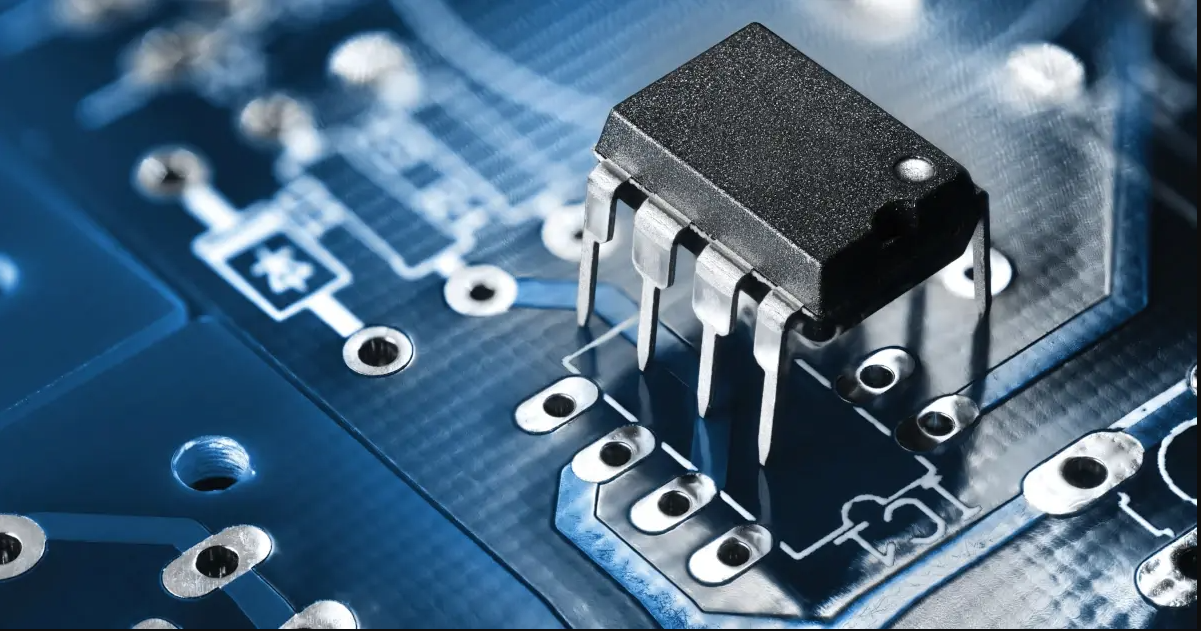
2. Leveraging Vision Systems for Enhanced Precision
Advanced vision systems are game-changers in the world of SMT assembly. These systems use high-resolution cameras and image recognition software to identify components, verify their orientation, and ensure they are placed correctly on the PCB. Vision systems are particularly crucial for handling tiny components, such as 0201 or 01005 packages, which are nearly invisible to the naked eye.
Key benefits of vision systems include:
- Component Verification: Cameras detect component markings or shapes to confirm the right part is being placed.
- Alignment Correction: Real-time adjustments are made if a component is slightly off during pickup or placement.
- Defect Detection: Vision systems can spot damaged components or incorrect orientations before placement, saving time on rework.
For instance, integrating a vision system with a placement speed of 50,000 components per hour (CPH) can still maintain an error rate below 0.001%. This balance of speed and accuracy is essential for high-volume production.
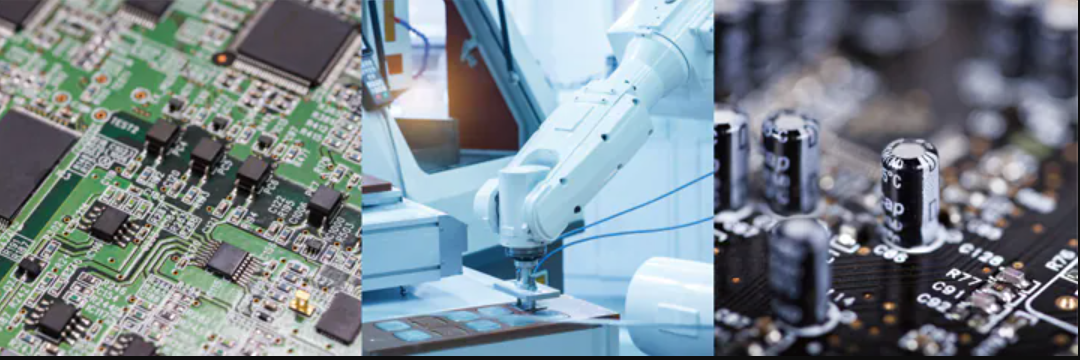
3. High-Speed Chip Shooters: Balancing Speed and Accuracy
Chip shooters are specialized pick and place machines designed for ultra-fast placement of small components like resistors and capacitors. These machines can achieve speeds of up to 200,000 CPH, making them ideal for high-volume production runs. However, speed must not come at the expense of precision.
To optimize chip shooters for SMT efficiency, consider these strategies:
- Feeder Setup: Use high-quality feeders to ensure consistent component delivery. Poor feeder alignment can cause jams and slow down the process.
- Nozzle Selection: Match nozzle sizes to component dimensions to prevent pickup failures. For example, a 0.4 mm nozzle works well for 0402 components.
- Batch Processing: Group similar components in production runs to minimize head changes and reduce downtime.
By fine-tuning chip shooters, manufacturers can achieve a sweet spot where speed and component placement accuracy coexist, driving overall productivity.
Optimizing the Workflow for SMT Efficiency
Beyond the technology itself, achieving SMT efficiency requires a well-organized workflow. Here are actionable steps to streamline your pick and place operations.
1. Minimize Downtime with Smart Scheduling
Downtime is the enemy of efficiency. Every minute a pick and place machine is idle costs money and delays production. Smart scheduling can help by prioritizing jobs based on component similarity, reducing setup times between runs. For example, scheduling boards with similar component types together can cut changeover time by up to 30%.
Additionally, predictive maintenance plays a role. By monitoring machine performance data, you can schedule maintenance during low-demand periods, avoiding unexpected breakdowns that halt production.
2. Invest in Operator Training
Even the most advanced machines rely on skilled operators. Training your team to program, troubleshoot, and maintain pick and place systems ensures smoother operations. A well-trained operator can reduce programming errors by 20% and improve machine uptime significantly.
3. Use Data Analytics for Continuous Improvement
Modern pick and place machines often come with software that tracks performance metrics like placement speed, error rates, and downtime. Analyzing this data helps identify bottlenecks and areas for improvement. For instance, if data shows a recurring error with a specific component type, you can adjust feeder settings or nozzle types to resolve the issue.
Common Challenges in SMT Component Placement and How to Overcome Them
Even with the best equipment, challenges in SMT assembly are inevitable. Below are common issues and solutions to maintain component placement accuracy and efficiency.
1. Component Pickup Failures
Pickup failures occur when a machine cannot grab a component due to incorrect nozzle size, damaged components, or poor feeder setup. To address this, ensure nozzles are clean and matched to component sizes, and inspect component packaging for damage before loading.
2. Misalignment During Placement
Misalignment often results from improper calibration or PCB warpage. Regular machine calibration and using fixtures to secure PCBs during placement can minimize this issue. Additionally, vision systems can catch misalignments in real-time and correct them before soldering.
3. High Defect Rates in High-Speed Runs
Running chip shooters at maximum speed can sometimes increase defect rates. Balance speed with accuracy by setting realistic CPH targets based on component complexity. For intricate boards, a slower speed of 80,000 CPH with a 99.9% accuracy rate may be more effective than pushing for 150,000 CPH with errors.
Future Trends in Pick and Place Technology
The world of SMT assembly is evolving rapidly, with new technologies enhancing SMT efficiency and precision. Here are some trends to watch:
- AI Integration: Artificial intelligence is being used to optimize placement paths and predict maintenance needs, reducing downtime by up to 25% in some cases.
- Smaller Component Handling: As components shrink to sub-01005 sizes, pick and place machines are adapting with finer nozzles and more sensitive vision systems.
- Flexible Manufacturing: Machines are becoming more versatile, capable of handling both high-volume and low-volume runs without extensive reconfiguration.
Staying ahead of these trends can give manufacturers a competitive edge, ensuring they meet the demands of tomorrow’s electronics market.
Conclusion: Achieving Pick and Place Perfection
Maximizing efficiency in SMT component placement is a multifaceted challenge that requires attention to component placement accuracy, advanced vision systems, high-speed chip shooters, and optimized workflows. By investing in the right technology, training, and processes, manufacturers can achieve pick and place perfection and drive SMT efficiency to new heights.
At ALLPCB, we understand the importance of precision and speed in electronics manufacturing. Whether you’re looking to optimize your production line or source high-quality PCB assembly services, our expertise and resources are here to support your goals. Start implementing these strategies today, and watch your SMT operations reach unparalleled levels of efficiency.




